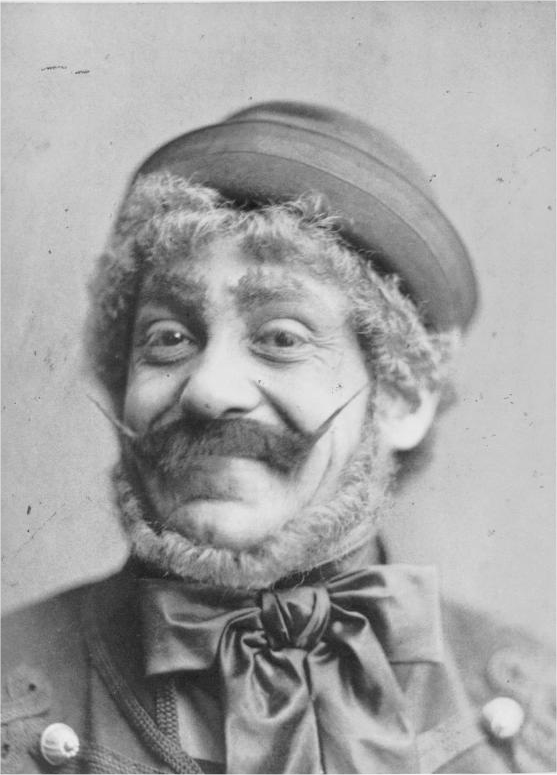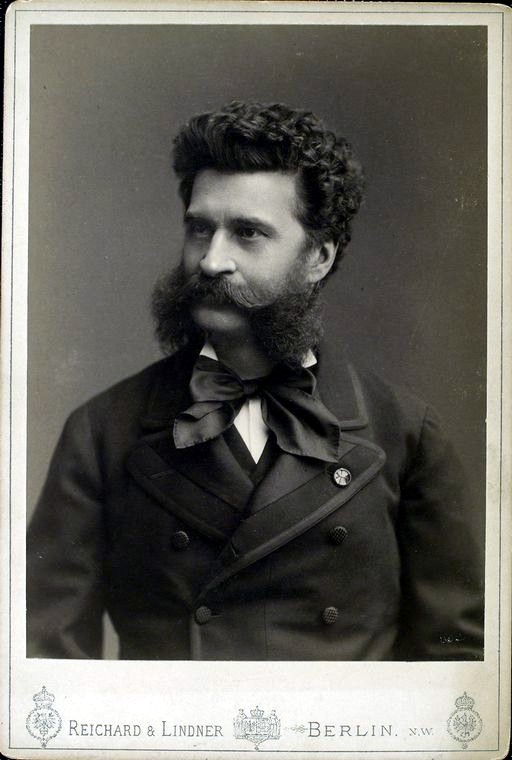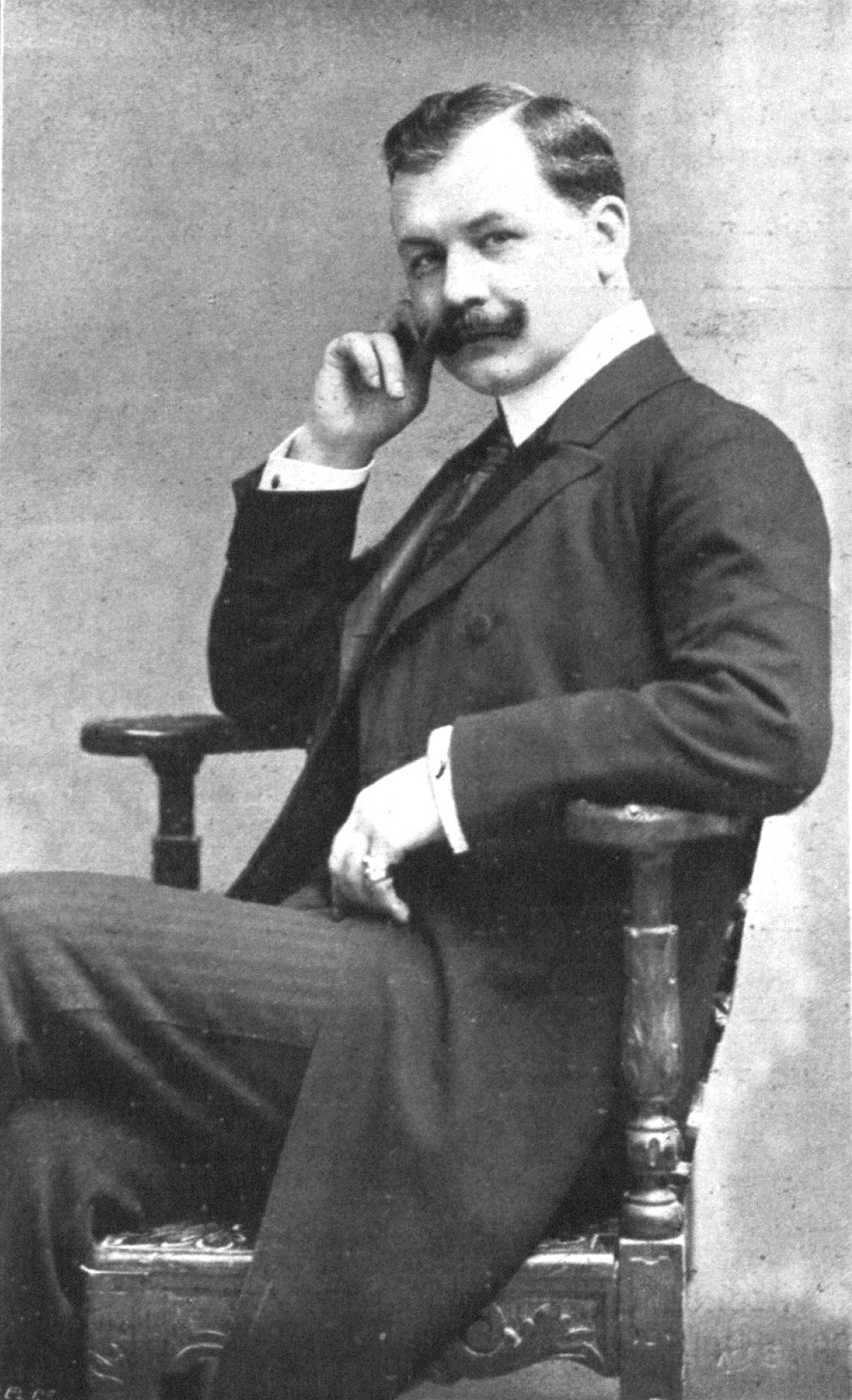|
Riga Opera
The Latvian National Opera and Ballet (LNOB) is an opera house and opera company at Aspazijas boulevard 3 in Riga. Its repertoire includes performances of opera and ballet presented during the season which lasts from mid-September to the end of May. During a typical season, LNOB presents almost 200 performances, including, on average, 6 new productions. The largest is the Great Hall which houses 946 seats, while the smaller ones – the New Hall, the Dress Circle Hall ''(Beletāžas zāle'') and the Red Hall – have a maximum seating capacity of 338, 170 and 100 respectively. LNOB employs a total of approximately 600 people. The building is located on the bank of the Riga Canal, near the Freedom Monument. As of 5 November 2019, the chairman of the board is Egils Siliņš, an opera singer. The chief conductor since 2013 is Mārtiņš Ozoliņš who is also an associate professor at the Jāzeps Vītols Latvian Academy of Music. The artistic director since 1993 is Aivars Leimanis. ... [...More Info...] [...Related Items...] OR: [Wikipedia] [Google] [Baidu] |
Riga
Riga ( ) is the capital, Primate city, primate, and List of cities and towns in Latvia, largest city of Latvia. Home to 591,882 inhabitants (as of 2025), the city accounts for a third of Latvia's total population. The population of Riga Planning Region, Riga metropolitan area, which stretches beyond the city limits, is estimated at 847,162 (as of 2025). The city lies on the Gulf of Riga at the mouth of the Daugava (river), Daugava river where it meets the Baltic Sea. Riga's territory covers and lies above sea level on a flat and sandy plain. Riga was founded in 1201, and is a former Hanseatic League member. Riga's historical centre is a UNESCO World Heritage Site, noted for its Art Nouveau/Jugendstil architecture and 19th century wooden architecture. Riga was the European Capital of Culture in 2014, along with Umeå in Sweden. Riga hosted the 2006 Riga summit, 2006 NATO Summit, the Eurovision Song Contest 2003, the 2013 World Women's Curling Championship, and the 2006 IIHF Wo ... [...More Info...] [...Related Items...] OR: [Wikipedia] [Google] [Baidu] |
Wallenstein (trilogy Of Plays)
''Wallenstein'' is the popular designation of a trilogy of dramas by German author Friedrich Schiller. It consists of the plays ''Wallenstein's Camp'' (''Wallensteins Lager''), a lengthy prologue, ''The Piccolomini'' (''Die Piccolomini''), and ''Wallenstein's Death'' (''Wallensteins Tod''). Schiller himself also structured the trilogy into two parts, with Wallenstein I including ''Wallenstein's Camp'' and ''The Piccolomini'', and Wallenstein II consisting of ''Wallenstein's Death''. He completed the trilogy in 1799. In this drama, Schiller addresses the decline of the famous general Albrecht von Wallenstein, basing it loosely on actual historical events during the Thirty Years' War. Wallenstein fails at the height of his power as successful commander-in-chief of the imperial army when he begins to rebel against his emperor, Ferdinand II. The action is set some 16 years after the start of the war, in the winter of 1633/1634, and begins in the Bohemian city of Pilsen, where Walle ... [...More Info...] [...Related Items...] OR: [Wikipedia] [Google] [Baidu] |
The Gypsy Baron
''The Gypsy Baron'' () is an operetta in three acts by Johann Strauss II which premiered at the Theater an der Wien on 24 October 1885. Its German libretto by Ignaz Schnitzer is based on the unpublished 1883 story ''Saffi'' by Mór Jókai. Jokai later published a novel ''A cigánybáró'' (') in 1885 using an expanded version of this same story. While an operetta, ''The Gypsy Baron'' was a departure from Strauss's earlier more comic and light hearted works; displaying more serious tones both musically and dramatically in what musicologist Andrew Lamb (writer), Andrew Lamb described as "a step in Strauss’s quest for the composition of a genuine opera". During the composer's lifetime, the operetta enjoyed great success internationally. It is considered one of Strauss's three best stage works, along with ''Die Fledermaus'' (1874) and ''Eine Nacht in Venedig'' (1883). Composition history Strauss was introduced to Jókai's story prior to its publication as a novel in Pest, Hungary i ... [...More Info...] [...Related Items...] OR: [Wikipedia] [Google] [Baidu] |
Johann Strauss II
Johann Baptist Strauss II (; ; 25 October 1825 – 3 June 1899), also known as Johann Strauss Jr., the Younger or the Son (), was an List of Austrian composers, Austrian composer of light music, particularly dance music and operettas as well as a violinist. He composed over 500 waltzes, polkas, quadrilles, and other types of dance music, as well as several operettas and a ballet. In his lifetime, he was known as "The Waltz King", and was largely responsible for the popularity of the waltz in the 19th century. Some of Johann Strauss's most famous works include "The Blue Danube", "Kaiser-Walzer" (Emperor Waltz), "Tales from the Vienna Woods", "Frühlingsstimmen", and the "Tritsch-Tratsch-Polka". Among his operettas, ''Die Fledermaus'' and ''Der Zigeunerbaron'' are the best known. Strauss was the son of Johann Strauss I and his first wife Maria Anna Streim. Two younger brothers, Josef Strauss, Josef and Eduard Strauss, also became composers of light music, although they were neve ... [...More Info...] [...Related Items...] OR: [Wikipedia] [Google] [Baidu] |
Rudolf Dellinger
Rudolf Dellinger (8 July 1857 – 24 September, 1910) was a German Bohemian composer and Kapellmeister. He almost exclusively composed operettas and was considered to be among the most outstanding composers of his time. Born into a family of Bohemian of instrument makers in Kraslice, Graslitz, Dellinger received musical tuition early in life. He studied at the School of Music in Prague between 1874 and 1879, and later at the Prague Conservatory, where he was taught piano by, among others, Julius Pisarowitz. After completing his musical education, he took a position as a clarinettist in Brno in 1880, then worked as a Kapellmeister in Passau, Cheb, Eger, Prague and Salzburg. In 1883, Dellinger moved to Hamburg, where he worked at the Carl-Schultze-Theater. He wrote his first operettas there, which also premiered in Hamburg. On 2 February 1886, Dellinger married Anna Maria Eppich, an Austrian singer. In 1893, Dellinger was employed as Kapellmeister of the Residenztheater in Dre ... [...More Info...] [...Related Items...] OR: [Wikipedia] [Google] [Baidu] |
The Merry Widow
''The Merry Widow'' ( ) is an operetta by the Austria-Hungary, Austro-Hungarian composer Franz Lehár. The Libretto, librettists, Viktor Léon and Leo Stein (writer), Leo Stein, based the story – concerning a rich widow, and her countrymen's attempt to keep her money in the principality by finding her the right husband – on an 1861 comedy play, (''The Embassy Attaché'') by Henri Meilhac. The operetta has enjoyed extraordinary international success since its 1905 premiere in Vienna and continues to be frequently revived and recorded. Film and other adaptations have also been made. Well-known music from the score includes the "Supernatural beings in Slavic folklore#Vila, Vilja Song", "" ("You'll Find Me at Maxim's"), and the "Merry Widow Waltz". Background In 1861, Henri Meilhac premiered a comic play in Paris, (''The Embassy Attaché''), in which the Parisian ambassador of a poor German grand duchy, Baron Scharpf, schemes to arrange a marriage between his country's rich ... [...More Info...] [...Related Items...] OR: [Wikipedia] [Google] [Baidu] |
Franz Lehár
Franz Lehár ( ; ; 30 April 1870 – 24 October 1948) was an Austro-Hungarian composer. He is mainly known for his operettas, of which the most successful and best known is '' The Merry Widow'' (''Die lustige Witwe''). Life and career Lehár was born in the northern part of Komárom, Kingdom of Hungary (now Komárno, Slovakia), the eldest son of Franz Lehar Sr. (1838–1898), an Austrian bandmaster in the Infantry Regiment No. 50 of the Austro-Hungarian Army and Christine Neubrandt (1849–1906), a Hungarian woman from a family of German descent. He grew up speaking only Hungarian until the age of 12. He later put an acute accent above the ''a'' of his father's surname ''Lehar'' to indicate the pronunciation of the vowel as , in accordance with Hungarian orthography. While his younger brother Anton entered cadet school in Vienna to become a professional officer, Franz studied violin at the Prague Conservatory, where his violin teacher was Antonín Bennewitz, ... [...More Info...] [...Related Items...] OR: [Wikipedia] [Google] [Baidu] |
Die Fledermaus
' (, ''The Bat'', sometimes called ''The Revenge of the Bat'') is an operetta composed by Johann Strauss II to a German libretto by Karl Haffner and Richard Genée, which premiered in 1874. Background The original literary source for ' was ' (''The Prison''), a farce by German playwright Julius Roderich Benedix that premiered in Berlin in 1851. On 10 September 1872, a three-act French vaudeville play by Henri Meilhac and Ludovic Halévy, ', loosely based on the Benedix farce, opened at the Théâtre du Palais-Royal. Meilhac and Halévy had provided several successful libretti for Offenbach. ''Le Réveillon'' later was adapted as the 1926 silent film '' So This Is Paris'', directed by Ernst Lubitsch. Meilhac and Halévy's play was soon translated into German by Karl Haffner (1804–1876), at the instigation of Max Steiner, as a non-musical play for production in Vienna. The French custom of a New Year's Eve '' réveillon'', or supper party, was not considered to provi ... [...More Info...] [...Related Items...] OR: [Wikipedia] [Google] [Baidu] |
Eugene Onegin (opera)
''Eugene Onegin'' (, ), Op. 24, is an opera (designated as "lyrical scenes") in 3 acts (7 scenes), composed by Pyotr Ilyich Tchaikovsky. The libretto, organised by the composer himself, very closely follows certain passages in Alexander Pushkin's 1825–1832 novel in verse, retaining much of his poetry. Tchaikovsky's friend Konstantin Shilovsky contributed M. Triquet's verses in Act 2, Scene 1, while Tchaikovsky himself arranged the text for Lensky's arioso in Act 1, Scene 1, and almost all of Prince Gremin's aria in Act 3, Scene 1. ''Eugene Onegin'' is a well-known example of lyric opera, to which Tchaikovsky added music of a dramatic nature. The story concerns a selfish hero who lives to regret his blasé rejection of a young woman's love and his careless incitement of a fatal duel with his best friend. The opera was first performed in Moscow in 1879. There are several recordings of it, and it is regularly performed. The work's title refers to the protagonist. Composition ... [...More Info...] [...Related Items...] OR: [Wikipedia] [Google] [Baidu] |
Opera Nacional, Riga, Letonia, 2012-08-07, DD 07
Opera is a form of History of theatre#European theatre, Western theatre in which music is a fundamental component and dramatic roles are taken by Singing, singers. Such a "work" (the literal translation of the Italian word "opera") is typically a collaboration between a composer and a libretto, librettist and incorporates a number of the performing arts, such as acting, Theatrical scenery, scenery, costume, and sometimes dance or ballet. The performance is typically given in an opera house, accompanied by an orchestra or smaller musical ensemble, which since the early 19th century has been led by a conducting, conductor. Although musical theatre is closely related to opera, the two are considered to be distinct from one another. Opera is a key part of Western culture#Music, Western classical music, and Italian tradition in particular. Originally understood as an sung-through, entirely sung piece, in contrast to a play with songs, opera has come to include :Opera genres, numerous ... [...More Info...] [...Related Items...] OR: [Wikipedia] [Google] [Baidu] |
World War I
World War I or the First World War (28 July 1914 – 11 November 1918), also known as the Great War, was a World war, global conflict between two coalitions: the Allies of World War I, Allies (or Entente) and the Central Powers. Fighting took place mainly in European theatre of World War I, Europe and the Middle Eastern theatre of World War I, Middle East, as well as in parts of African theatre of World War I, Africa and the Asian and Pacific theatre of World War I, Asia-Pacific, and in Europe was characterised by trench warfare; the widespread use of Artillery of World War I, artillery, machine guns, and Chemical weapons in World War I, chemical weapons (gas); and the introductions of Tanks in World War I, tanks and Aviation in World War I, aircraft. World War I was one of the List of wars by death toll, deadliest conflicts in history, resulting in an estimated World War I casualties, 10 million military dead and more than 20 million wounded, plus some 10 million civilian de ... [...More Info...] [...Related Items...] OR: [Wikipedia] [Google] [Baidu] |







